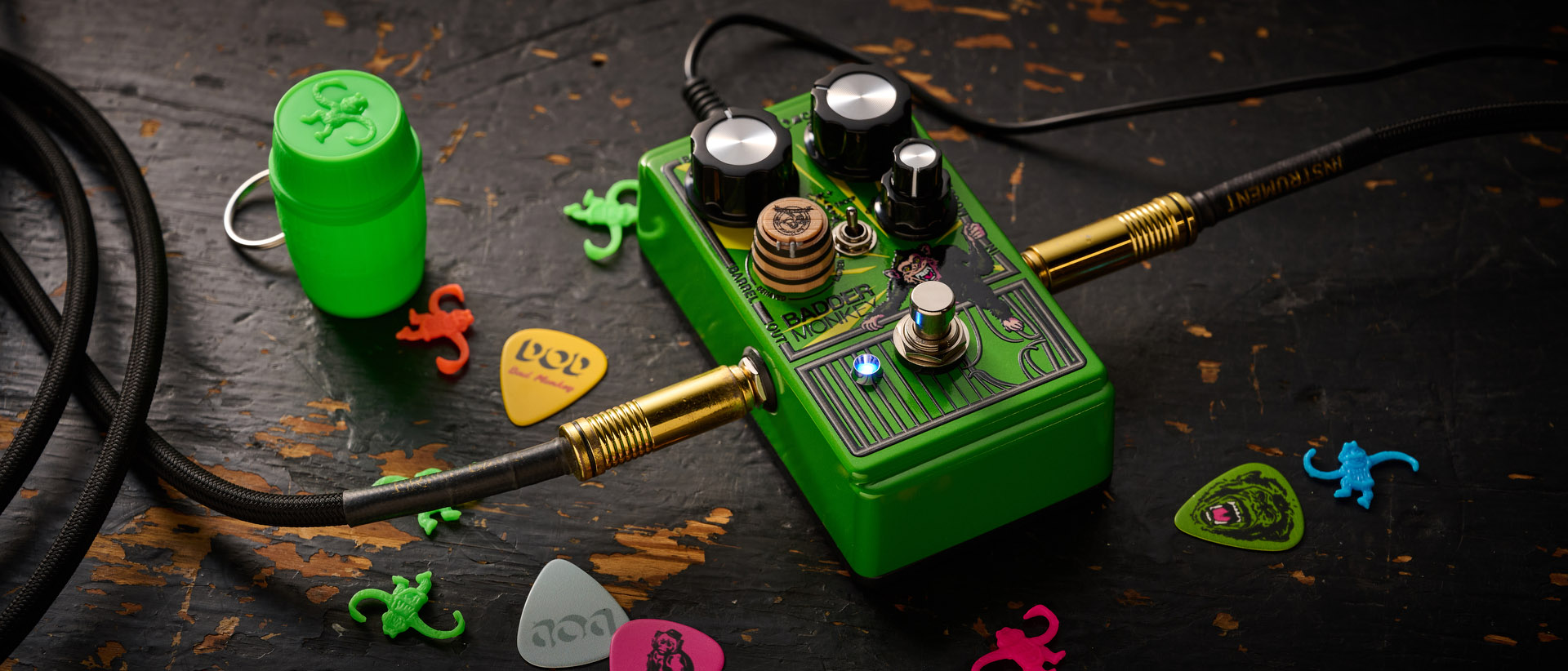Bedrock of Shred: Al Di Meola's Amazing Sixes
Grab your guitar and learn how to shred, Di Meola-style.

In the late Seventies and early Eighties, if there was one name from the jazz guitar world that rock and metal listeners were likely to know, it was Al Di Meola.
Jazz players since Django Reinhardt and Tal Farlow had possessed devastating right-hand chops. But their virtuosity was delivered in a musical context of sharped fives and flatted nines that was challenging for rock and roll audiences.
Di Meola took bebop-level technical rigor and married it to a high-energy fusion sound that was progressive and still ripe for mainstream crossover. Along with John McLaughlin, he brought hyper-precise flatpicking to a younger generation of rock and metal players and set the stage for the golden age of shred heroes, including Yngwie Malmsteen and Paul Gilbert, that would soon emerge.
Di Meola's vocabulary of turbocharged patterns and sequences was tailor made for high-gain heroism. His signature lines, often built on hyper-speed ostinatos, seemed ripped right from the practice rooms at Berklee, Di Meola's alma mater. And that was probably the point. Much like Eddie Van Halen's quotation of the famous Kreutzer violin etude in the tremolo section of "Eruption," Di Meola's portfolio of exercise-inspired showpieces telegraphed that technique, and the dedication that it took to earn it, was cool again. It was hard rock by way of conservatory chic.
A classic example of this is the descending Di Meola sixes pattern that would become a bedrock of 1980s shred soloing. In this lick, three notes on adjacent strings are connected to form a descending sextuplet scale fragment. Each note is played precisely with alternate picking at breakneck speed.
Di Meola either repeated the figure in place, or ratcheted the tension by sliding up one position higher each time. The effect was stunning, producing regular cheers when delivered alongside John McLaughlin and Paco De Lucia during the trio's influential 1980 concert tour.
Vinnie Moore famously borrowed Di Meola's two-string, six-note signature for a 1985 Pepsi commercial in which the lick is hilariously used to explode the caps off a crate of soda bottles. You can catch up on Moore’s use of the famous Di Meola pattern, including tablature for the figure itself, in our previous article right here on GuitarWorld.com.
All the latest guitar news, interviews, lessons, reviews, deals and more, direct to your inbox!
For even more detail, as well as specifics on the sequence of wrist and forearm movements that make the lick work, you might want to check out the Cracking the Code Antigravity seminar on picking mechanics, from which both of these video lessons were adapted.
In the mean time, grab your guitar and get ready to shred, Di Meola-style. Just be sure to keep soft drinks a safe distance away from your amplifier!
Troy Grady is the creator of Cracking the Code, a documentary series with a unique analytical approach to understanding guitar technique. Melding archival footage, in-depth interviews, painstakingly crafted animation and custom soundtrack, it’s a pop-science investigation of an age-old mystery: Why are some players seemingly super-powered?
Troy Grady is the creator of Cracking the Code, a documentary series with a unique analytical approach to understanding guitar technique. Melding archival footage, in-depth interviews, painstakingly crafted animation and custom soundtrack, it’s a pop-science investigation of an age-old mystery: Why are some players seemingly super-powered?
